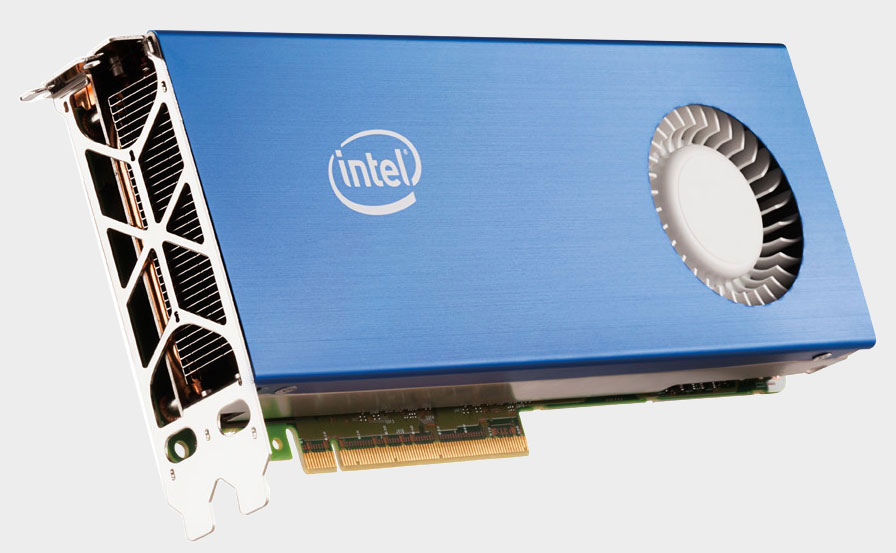Intel says supporting standard interfaces like VESA adaptive sync is a ‘priority’
Intel will join AMD in supporting adaptive sync in its upcoming discrete graphics cards.

Lest there was any doubt that Intel fully plans on supporting VESA's adaptive sync technology in its upcoming GPUs, the company doubled down on its intentions, calling it part of a broader priority to support standard interfaces.
The topic of adaptive sync came up two months ago when Chris Hook, a former AMD marketing director who now works at Intel, stated he is a "huge fan of adaptive sync." I reached out to Hook after seeing that and asked if that meant Intel would implement support for adaptive sync in its upcoming discrete graphics cards. He referred me to a company spokesperson who said the "answer is yes."
So, we've known for several weeks now that adaptive sync is on Intel's radar. Following up on Cook's revelation, Intel's Lisa Pearce expanded a bit on the company's mindset in a 25-second video clip posted to Twitter, under Intel's official account for its graphics division.
Yes. We will be supporting Adaptive Sync. @gfxlisa explains more. (Reposted). pic.twitter.com/eso7KFS8xyNovember 15, 2018
"For adaptive sync, our priority is going to be really enabling the standard interfaces that are out there now," Pearce said. "For us, the most important thing is not having a proprietary solution."
Pearce's comments speak indirectly to the different approaches AMD and Nvidia have taken with their respective game smoothing technologies. Nvidia went the proprietary route with G-Sync, at least in part because there was no other standard at the time. But G-Sync requires a special hardware module inside the display, while AMD helped to create and embrace the open adaptive sync standard, marketed as FreeSync.
Both technologies accomplish the same general thing—smoother performance in games by matching the refresh rate on a display to a GPU's render rate. The idea is to eliminate screen tearing and stutter that might otherwise occur.
Intel's planned support of adaptive sync means there will not be a third standard to further muddy the waters. As it stands, a user who wants to take advantage of either technology must choose between a monitor that supports either FreeSync or G-Sync, based on what GPU they own. They are not interchangeable standards.
Keep up to date with the most important stories and the best deals, as picked by the PC Gamer team.
The impact of Intel's decision won't be fully known until it starts cranking out discrete graphics cards, presently planned for 2020. Assuming Intel ends up releasing competitive GPUs with what AMD and Nvidia are building, adaptive sync will have the support of two graphics heavyweights.
Paul has been playing PC games and raking his knuckles on computer hardware since the Commodore 64. He does not have any tattoos, but thinks it would be cool to get one that reads LOAD"*",8,1. In his off time, he rides motorcycles and wrestles alligators (only one of those is true).


